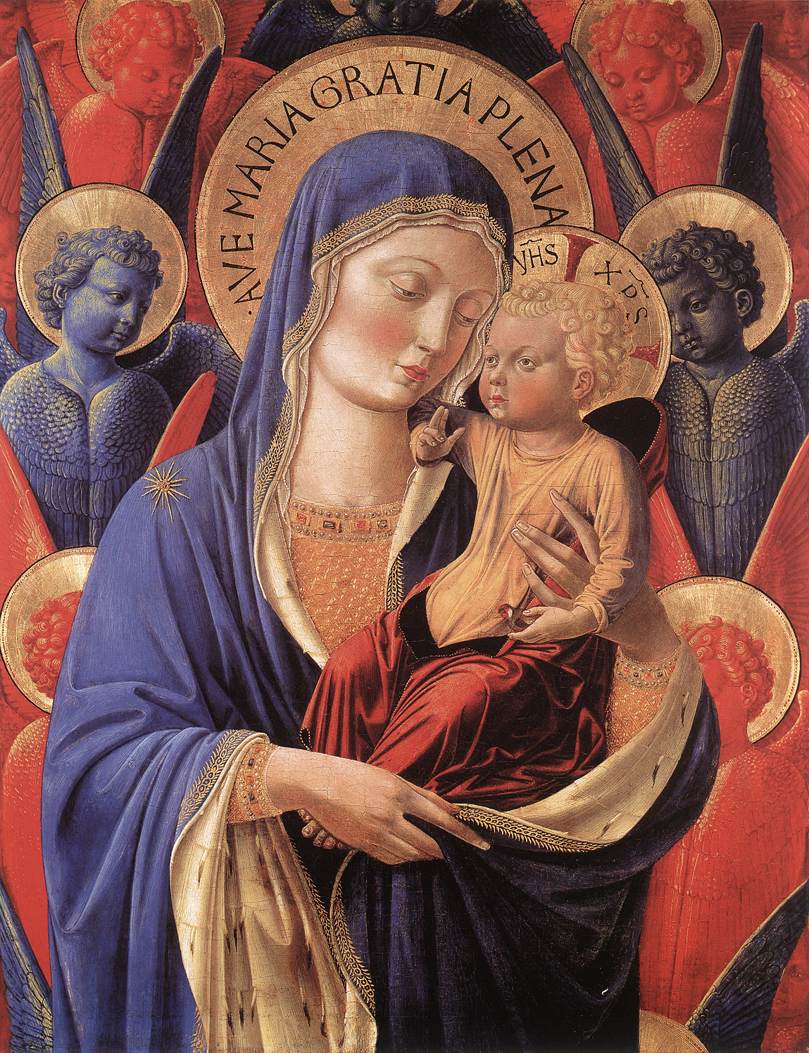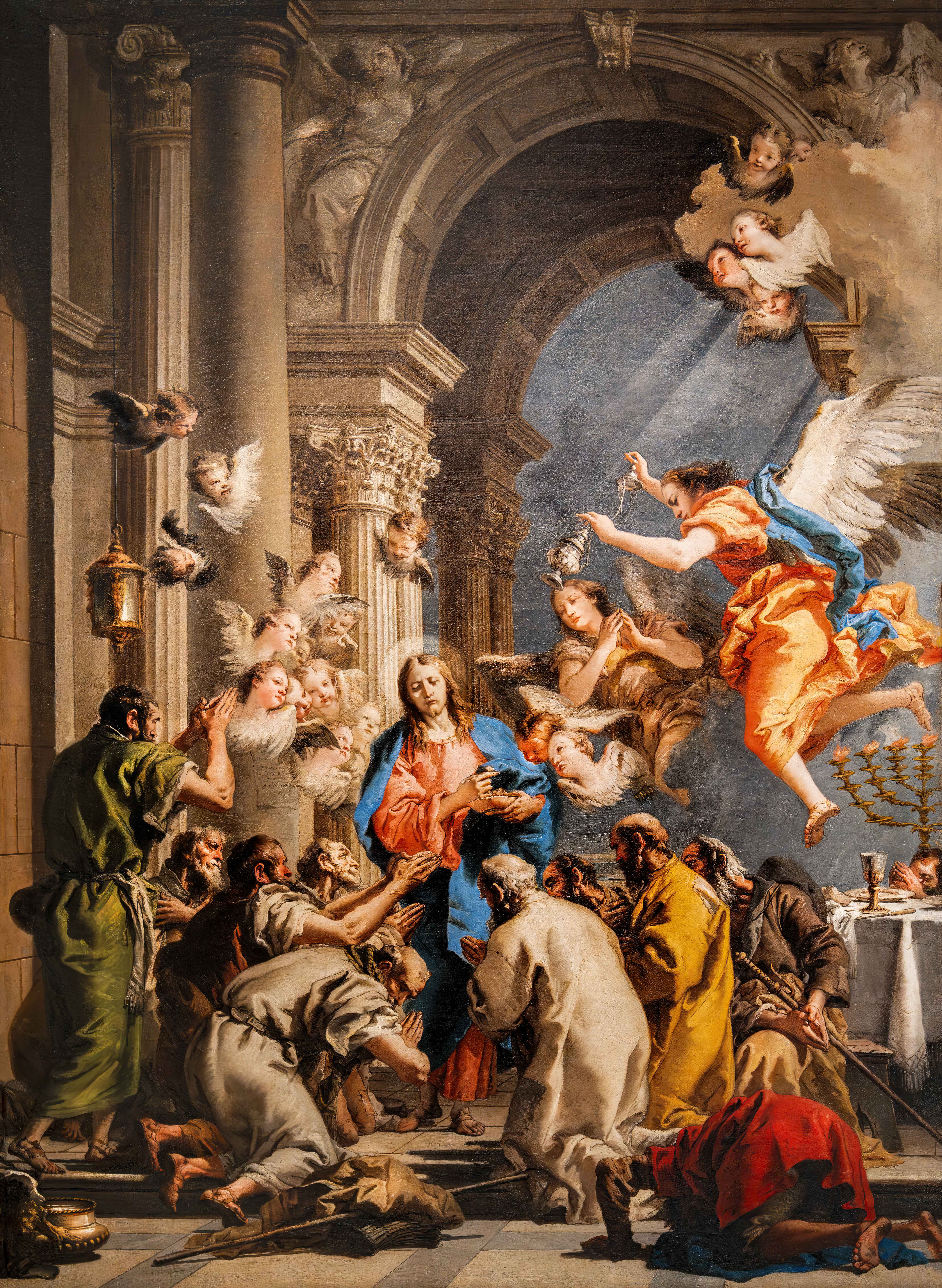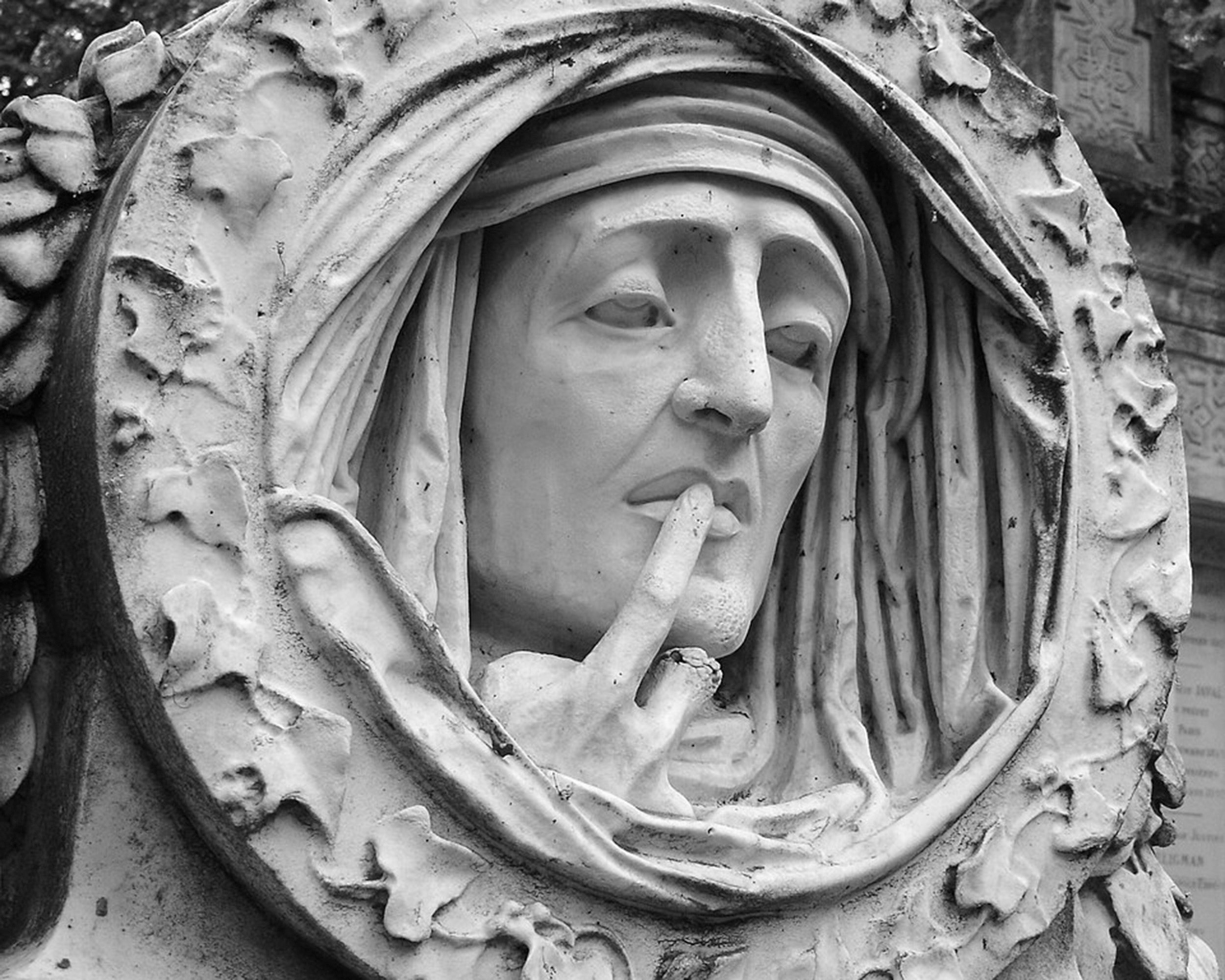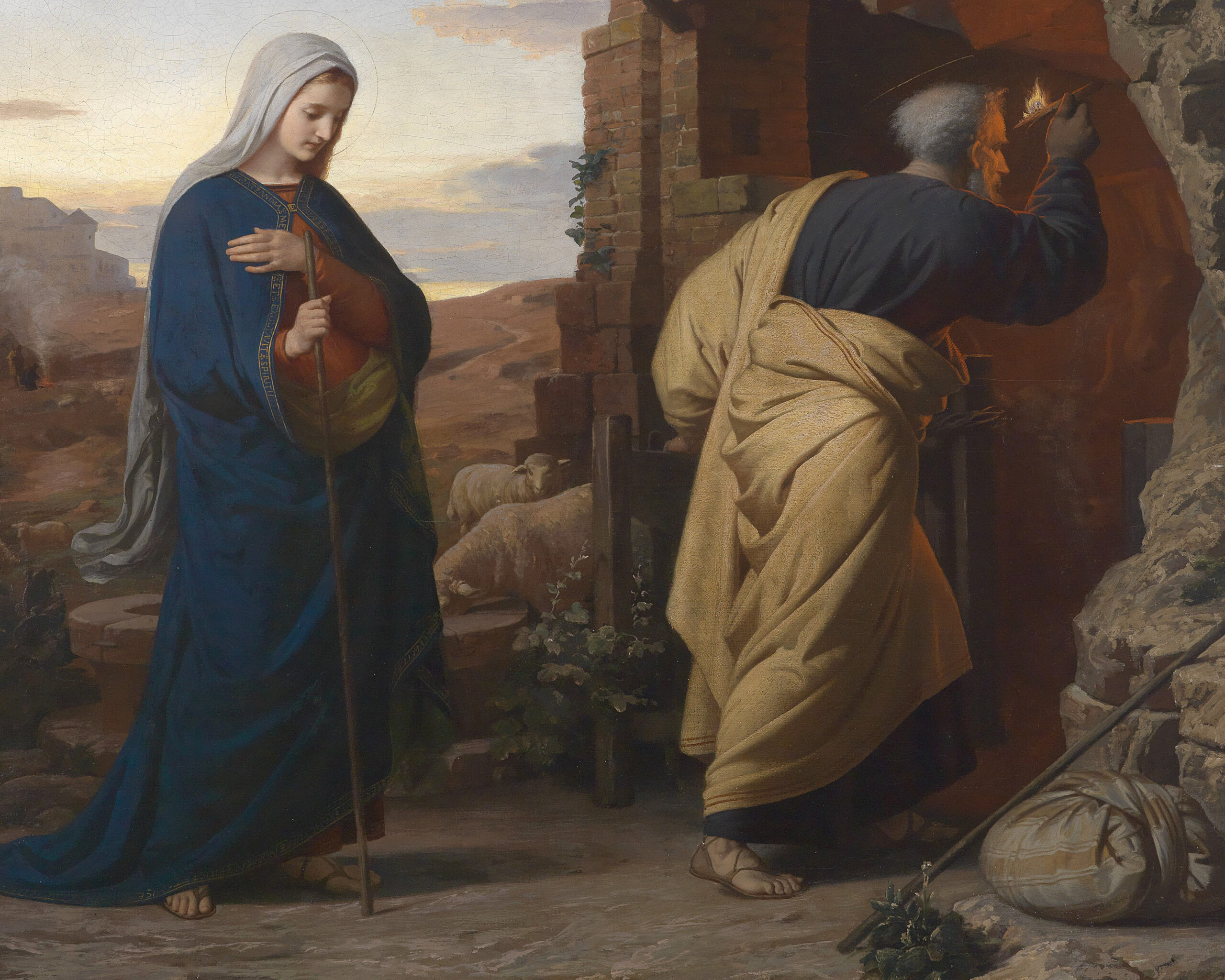While working for the Little Sisters of the Poor at one of their nursing homes, I encountered many devout Catholics, whose joy, perseverance, and piety inspired me. Their strong Catholic Faith had guided them through the trials of raising many children, two World Wars, the sexual revolution, Vatican II, the sex abuse scandal, and ultimately a sacramental marriage that lasted until death. As they neared their final years, some were dealt a huge blow by the very people they loved the most: their children. Sadly, these parents’ numerous sacrifices and sufferings were returned with indifference, ingratitude, and negligence as their children seldom visited. Even worse, many of their children were fallen away or lukewarm, Catholics.
Like these souls in the nursing home, many Catholics have neglected the Blessed Mother beginning with the hierarchy down to the laity. Homilies extolling Our Lady’s heroic virtues are rare; the Scapular and Rosary are no longer preached as valued sacramentals. Furthermore, nearly every Protestant Church has ignored the Blessed Mother except for on Christmas. Protestants prefer the humble virgin of the Nativity, who had other children after Jesus’ birth (Helvidias’ heresy) to the heroic, mournful Mother who stood at Calvary while offering her only Son for the salvation of souls. Mary’s love for Jesus is greater than the sum of every mother’s love for their children throughout history just as “the sufferings of Mary exceeded those of all martyrs united together,” according to St. Ildephonsus.
Even though God singularly chose Mary to be His Mother, and she in turn loved Him more than any other creature, many Catholics find a twenty-minute Rosary too burdensome. Even worse, few people think of the Blessed Mother’s sufferings. It’s bad enough that Protestants have removed the corpus from the Cross, and we embrace a similar mindset when we divorce the man of sorrows, Jesus, from the woman of sorrows, Mary.
When the Passion of the Christ film was released in 2004, many viewers, especially Protestants, called it the most powerful movie ever, and rightly so. And yet, if only these same people could experience the richness of the Holy Sacrifice of the Mass, which is infinitely greater because it actually makes Calvary present. Those who watch the movie or read St. John’s Gospel with the lens of faith will notice that not one heart was pierced on Good Friday; rather, two hearts were pierced: Jesus’ with a visible lance and Mary’s with an invisible sword. The sight of each other’s agony only exacerbated their wound.
Many of us know people, including relatives, who downplay or even detest Mary. This indifference to the Blessed Mother pains us. How much more does this indifference hurt Jesus, who dwelt nine months in this most blessed of wombs and spent more time with her than any other person on Earth? Mary’s eyes were the first Jesus saw on earth and the last before death. Make no mistake, the indifference and neglect towards Our Lady is one of the greatest, hidden wounds of Our Lord because He loved His Mother more than any human being. I don’t think we can fathom the depths of Our Lord’s pain because we cannot fathom the depths of His love for His Mother.
When we love someone, we want others to also love them. Tragically, God’s first love is scarcely loved by many in our world and her sorrows are rarely grieved, even by her own spiritual sons and daughters. It is like a father, who created the most beautiful, unblemished work of art for his children. The father conceived the idea lifetimes before his children were born and then painstakingly worked to make every stroke precise and perfect. After being so eager to show his children, they passed by without a glance or even a word of thanks because they preferred the world’s graffiti. Can you imagine the father’s hurt? Our Father’s most splendid creation was indeed His Mother, the perfect disciple, who opened the doors of salvation with her fiat. But she continues to be cast aside, I dare say mocked while her statues desecrated.
In the Book of Lamentations, the following words have been traditionally applied to both Jesus and Mary, especially the Fourth Station of the Cross: “Is it nothing to you, all you who pass by? Look and see if there is any sorrow like my sorrow which was brought upon me, which the Lord inflicted on the day of his fierce anger” (1:12). In an apparition to St. Bridget of Sweden, Our Lady’s words reiterate the words above, “I look around at all who are on earth, to see if by chance there are any who pity me and meditate upon my sorrows; and I find that there are very few.” Our Lord took it one step further when He told Bl. Veronica da Binasco, “Tears shed for my Passion are dear to me, but as I loved my Mother Mary with an immense love, the meditation of the torments which she endured at my death is even more agreeable to me.” As if that was not enough, Mone of Jesus’ seven last words was: “Behold, your mother!” (John 19:27). Our Lord desperately wants us to take His Mother’s sorrows into our hearts because few souls grieve with her and for her.
Unlike the Church, which is undergoing its own Good Friday according to Robert Cardinal Sarah, Mary’s life has been one perpetual Good Friday since her Son’s death. Even though she reigns now in Heaven, each time we offend her Son by our sins, we pierce her heart anew. Some swords wound her more deeply than others, especially the betrayal from God’s consecrated souls—the very people who were meant to console her. God certainly had Mary in His Mind from all Eternity, even her name “Miryam,” in Hebrew means “sea of bitterness, sea of sorrow.”
No one in the history of the world knows what it is like to lose both their God and their Son at the same time except for Mary. To add injury to insult, our popular Christian songs and liturgical hymns offer little homage to Mary’s sorrows save the ancient thirteenth century hymn, Stabat Mater. While it is rightly fitting that her sufferings are overshadowed by her Son’s, still were not her sacrifices and sufferings also necessary for our salvation? Perhaps the indifference to Mary’s sorrows is because many seek to avoid suffering or despise it. And yet, any parent, who has buried a child surely cannot remain apathetic to Mary’s sorrow. Mary’s pain becomes our pain, and our pain becomes Mary’s.
In these dark times, Jesus and Mary offer a remedy to the negligence and hatred directed towards Our Lady when they pleaded to Servant of God, Sr. Lucia for the First Five Saturday’s devotion back in the 1920’s. They desire reparation for five specific blasphemies against Mary: her Immaculate Conception, her perpetual virginity, her motherhood, for those who keep their children from Mary, and those who insult Our Lady in her sacred images. In the fourth blasphemy, Our Lord specifically asked for reparation “for those who try publicly to implant in the hearts of children an indifference, contempt, and even hatred against this Immaculate Mother.” More than ever, Our Lord is greatly afflicted by seeing His Mother’s sufferings met with so much indifference and neglect meanwhile she is greatly afflicted by seeing her Son’s heart met with the greatest coldness and contempt.
Whether we are experiencing great consolation or drowning in desolation, we must always remember what Our Lord has suffered for us. And the best way to thank God for His supreme sacrifice is by devoutly attending Mass whereby we stand at the foot of the cross with His most sorrowful Mother, never forgetting that she too needs our solace. Yes, all roads to Calvary must first pass through the heart of our beloved Mother. When we fail to console Our Lady by meditating on her seven sorrows, we only deepen Our Lord’s hidden wound. Henceforth, when we gaze upon the Cross, we must no longer see only five visible wounds, but also an invisible one in the recesses of the Sacred Heart, i.e., the world has failed to love the Mother like the Son does. And yet when we console Our Lady’s heart, we ought to be assured that we also console the Son’s heart for both beat for one other.








